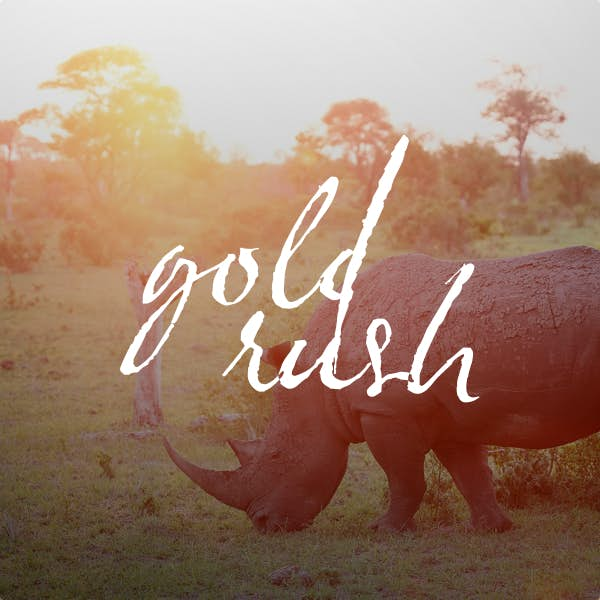

The quartz crystals mined at the site in Ladysmith carried little or no value. Quartz is the second-most-abundant mineral on planet Earth, just behind feldspar. “The tests conducted conclusively revealed that the stones discovered in the area are not diamonds as some had hoped,” said Ravi Pillay, a provincial executive council member for economic development and tourism. Sadly, those dreams were dashed when a local official announced on Sunday that the rare "diamonds" of Ladysmith were merely quartz crystals. In fact, the largest diamond ever discovered - the 3,106-carat Cullinan - was unearthed in 1905 about 400km northwest of Ladysmith, near Pretoria.Īrmed with picks and shovels, people from across the country rushed to the eastern KwaZulu-Natal province, where a 50-hectare (123-acre) search area became a field of dreams. The country currently hosts seven major diamond mines and generates more than 7 million carats per year. The resulting "diamond rush" was supported by the fact that South Africa has been a world leader in diamond production for the past 150 years. This was the hard lesson learned by 3,000 fortune seekers who descended on Ladysmith, South Africa, early last week after a cattle herder stumbled upon a large clear crystal that appeared to be a diamond. Police cars are monitoring the area to keep the crowds in check.In the world of fine gemstones, looks can sometimes be deceiving. The government on Tuesday sent a team of geological and mining experts to the area, now pckmarked with holes, to collect stones for analysis. "These are not diamonds, people here are just wasting their time," said 18-year-old Bhekumuzi Luvuno, skeptically inspecting one of the stones he unearthed overnight.Īuthorities over the weekend asked diggers to leave the area, citing coronavirus restrictions, but to no avail. There is talk of "foreigners" buying the stones for a few hundred rands in the nearby town of Ladysmith.īut experts say it is highly unlikely the stones will turn out to be valuable. I want a house with double storage, this is going to change our life," Manyathi told AFP, fingering a cluster of stones in his pocket. Johannesburg resident Thulani Manyathi, 36, travelled to KwaHlathi from the impoverished township of Alexandra with his four young daughters. The rough stone yielded nine major diamonds used to adorn the British crown jewels, as well as almost 100 minor brilliants. Rumour has it that the Cullinan, which weighed over 3,000 carats uncut, was lying only a few metres below ground and dug up with a pocketknife. "They are not tired, we are looking for money," Precious exclaimed. The boy clutched a transparent crystal the size of a ping pong ball. She had spent the night digging, with her teenage son and baby daughter.
#SOUTH AFRICA DIAMOND RUSH FULL#
But this could change everything," said Precious, 38, who did not wish to give her full name. South Africa is also the brith place of the Kimberley Process, an international certification scheme to keep conflict diamonds off the market. The country, internationally renowned for its mineral wealth, still holds a record for the world's largest ever rough diamond discovery - the Cullinan - found in 1905 in the small mining town by the same name. The prospect of finding a diamond sent glimmering ripples of hope to one of the poorest regions of South Africa as the coronavirus pandemic worsened decades of extremely high unemployment levels. "I'm going to buy a car, a house, send my kids to private school," she told AFP. "They are real," beamed Magudulela, in her 40s and struggling to feed her three children.

Many found more of the mysterious stones and set them aside in small dirt-encrusted piles. News of the finding spread fast, triggering a rush to the site despite messages of caution by the government warning the stones could be worthless.Īt dawn, men and women upturned clumps of soil with shovels and picks and frantically rummaged through the earth with their bare hands. Thousands have flocked to the outskirts of KwaHlathi village, more than 300 kilometres (186 miles) southeast of Johannesburg, after a cattle herder last week unearthed a handful of unidentified crystal-like stones. Single mother Lihle Magudulela spat out a mouthful of dirt as she sucked on a stone dug up from a hillside in South Africa's KwaZulu-Natal province, convinced she might have found a diamond.


 0 kommentar(er)
0 kommentar(er)
